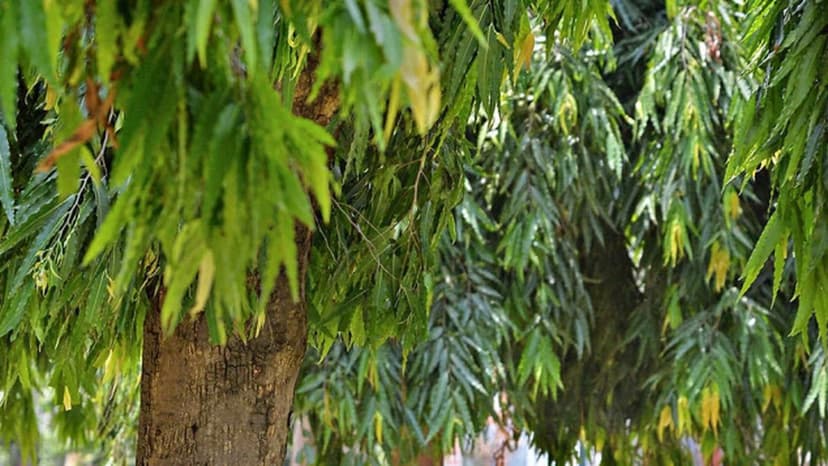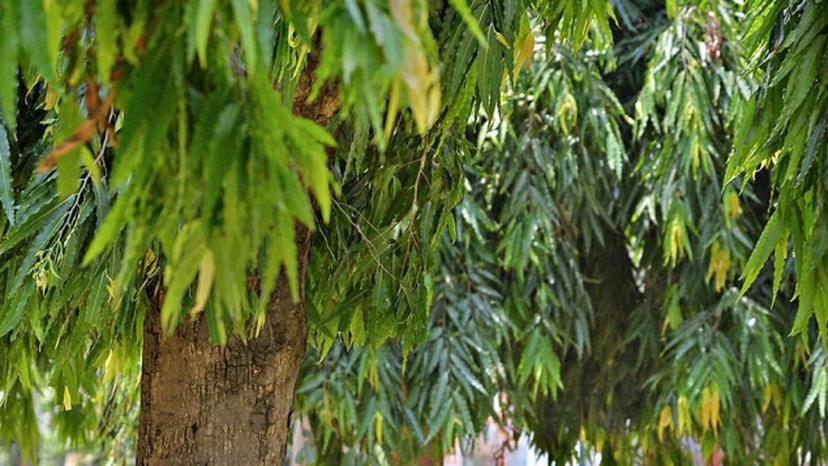

Common Name
Ashoka,
Ashok,
Ashoka Tree
Family
Fabaceae
Parts Used
Bark
Native To
Native to India, Sri Lanka, and Myanmar. It thrives in tropical and subtropical regions, particularly in moist forests.
Historical and Traditional Uses:
- Ayurveda: Known as a "Divine Herb," used for its uterine tonic properties, particularly in managing menstrual disorders and reproductive health.
- Traditional Indian Medicine: Applied to relieve excessive menstrual bleeding (menorrhagia), pain, and other gynecological disorders.
- Folk Medicine: Used to promote skin health, treat fever, and as an astringent for wound healing.
Chemical Composition:
- Flavonoids: Quercetin, kaempferol
- Tannins: Catechins, gallic acid
- Glycosides: Saracasin, epicatechin
- Saponins: Anti-inflammatory compounds
- Other: Beta-sitosterol, steroids, and polyphenols
Pharmacological Properties:
- Uterine Tonic: Strengthens uterine muscles and supports menstrual health.
- Hemostatic: Reduces excessive bleeding during menstruation or uterine disorders.
- Anti-inflammatory: Alleviates inflammation, particularly in the reproductive system.
- Antioxidant: Neutralizes free radicals and promotes cellular health.
- Astringent: Promotes wound healing and tightens tissues.
- Analgesic: Reduces pain associated with menstrual cramps and uterine disorders.
Evidence-Based Uses and Benefits:
- Regulates Menstrual Disorders: Effect: Relieves menorrhagia, dysmenorrhea, and irregular menstrual cycles.
- Supports Uterine Health:
- Use: Strengthens uterine muscles and supports hormonal balance.
- Evidence: Widely recommended in Ayurvedic formulations for uterine disorders.
- Anti-inflammatory Benefits:
- Mechanism: Reduces inflammation in the pelvic region and aids in recovery from gynecological conditions.
- Research Insight: Studies confirm its efficacy in reducing inflammatory markers.
- Skin Health:
- Use: Promotes wound healing and reduces skin inflammation.
- Supporting Study: Preclinical research supports its use as an astringent for minor wounds.
- Antioxidant Effects:
- Effect: Protects against oxidative damage, particularly in reproductive tissues.
Counter-Indications:
Pregnancy (may stimulate uterine contractions). Hormone-sensitive conditions (e.g., uterine fibroids or hormone-dependent cancers). Severe liver or kidney disorders (use with caution).
Side Effects:
Mild gastrointestinal discomfort in rare cases (nausea or bloating). Rare allergic reactions, such as skin irritation.
Drug Interactions:
- Anticoagulants: May enhance bleeding risk when combined with blood-thinning medications.
- Hormonal Therapies: May interact with estrogen-based treatments.
- Other Herbs: Avoid combining with other astringent or uterine-tonic herbs without professional advice.
Research and White Papers with Links:
- Menstrual Health: Ashoka for menstrual disorders
- Anti-inflammatory Effects: Studies highlight its efficacy in reducing pelvic inflammation
- Uterine Tonic Properties: Research confirms its role in strengthening uterine muscles and balancing hormones
Conclusion:
Ashoka bark extract (50:1) is a revered Ayurvedic herb primarily known for its benefits in managing menstrual and uterine disorders. Its hemostatic, anti-inflammatory, and antioxidant properties make it highly effective for women’s reproductive health. While generally safe, it should be used cautiously during pregnancy or with hormonal therapies.



